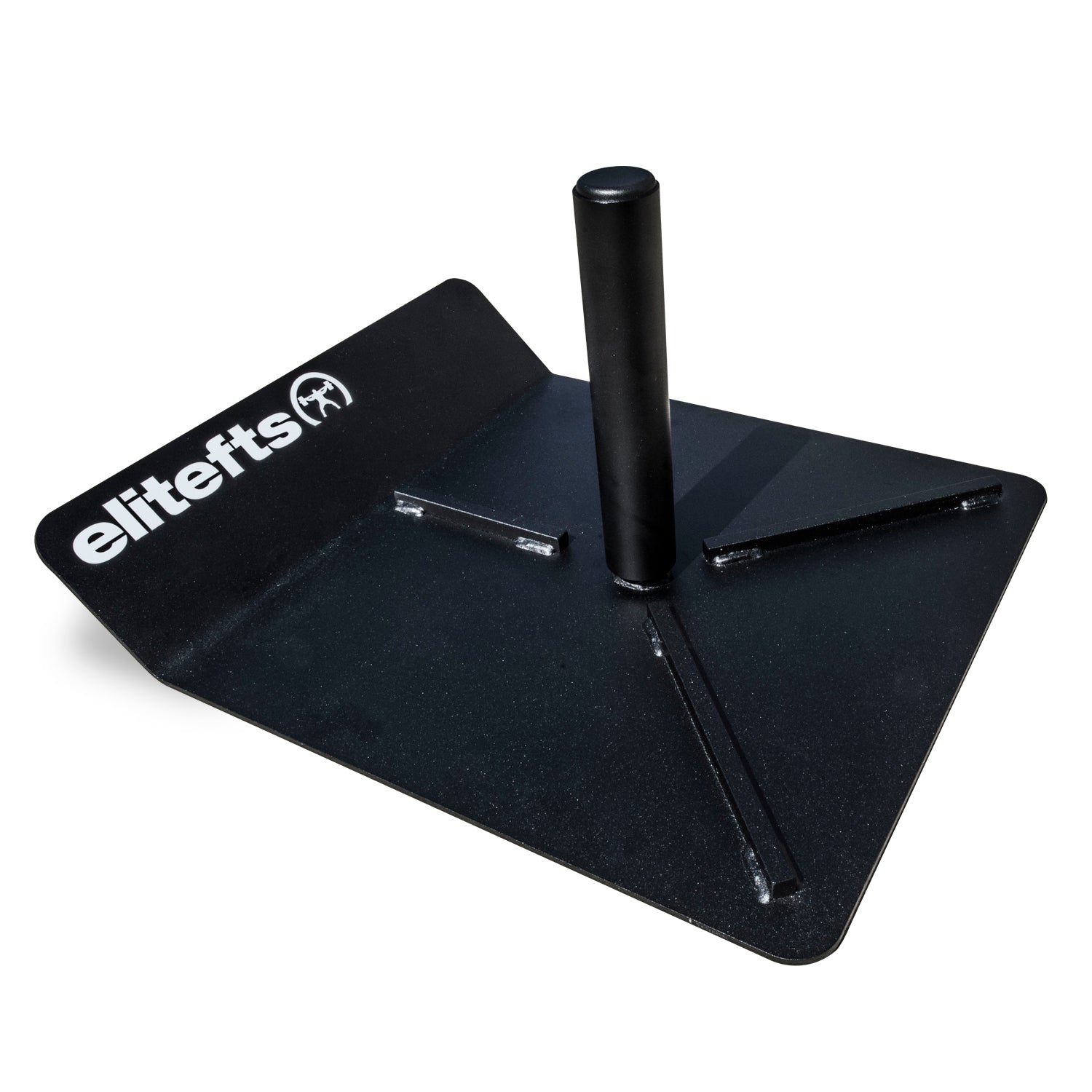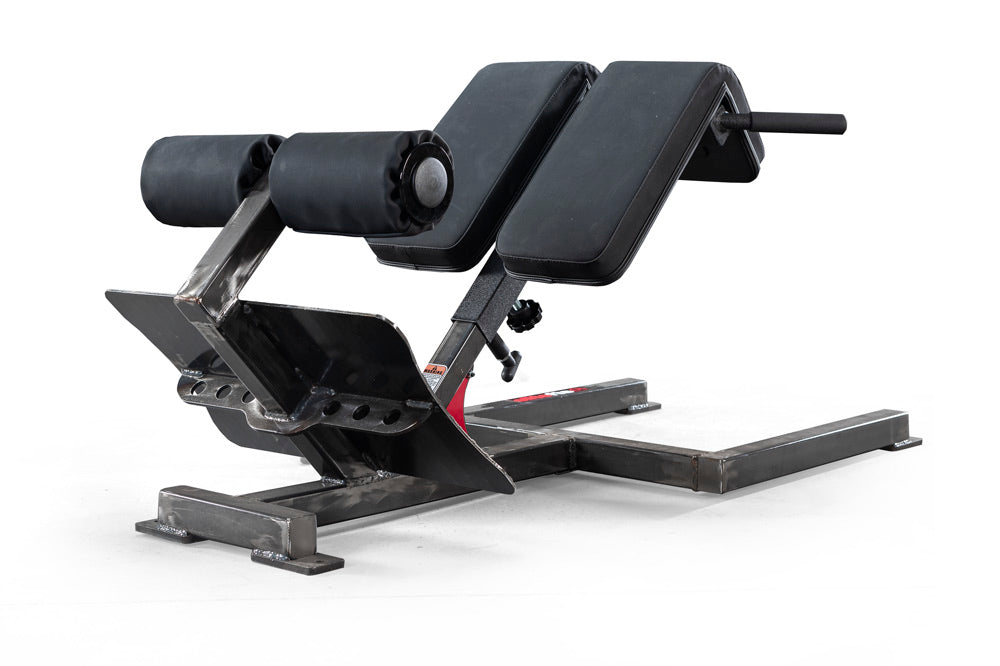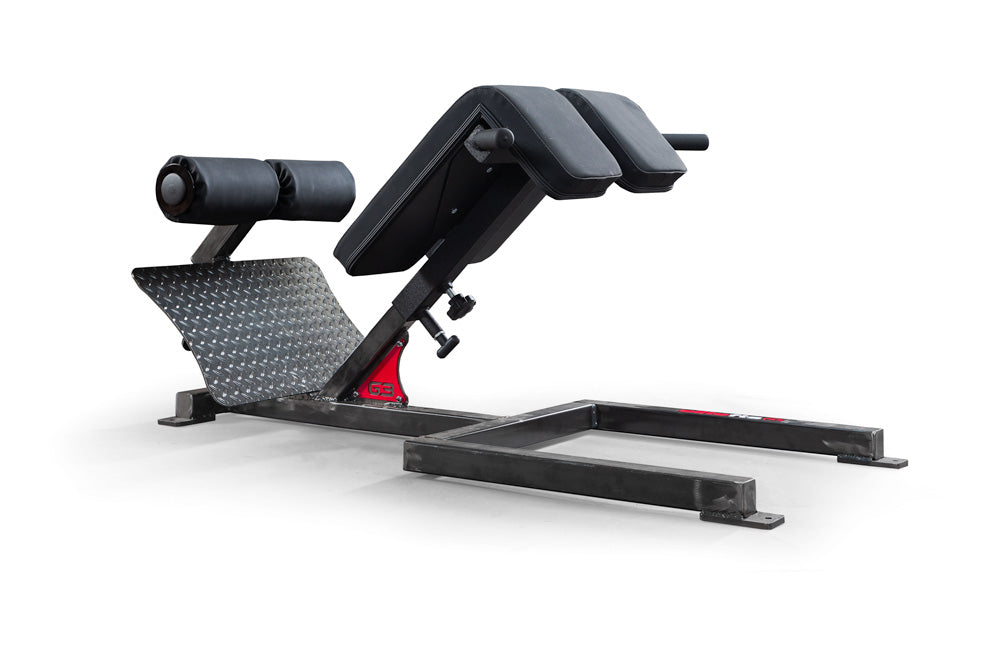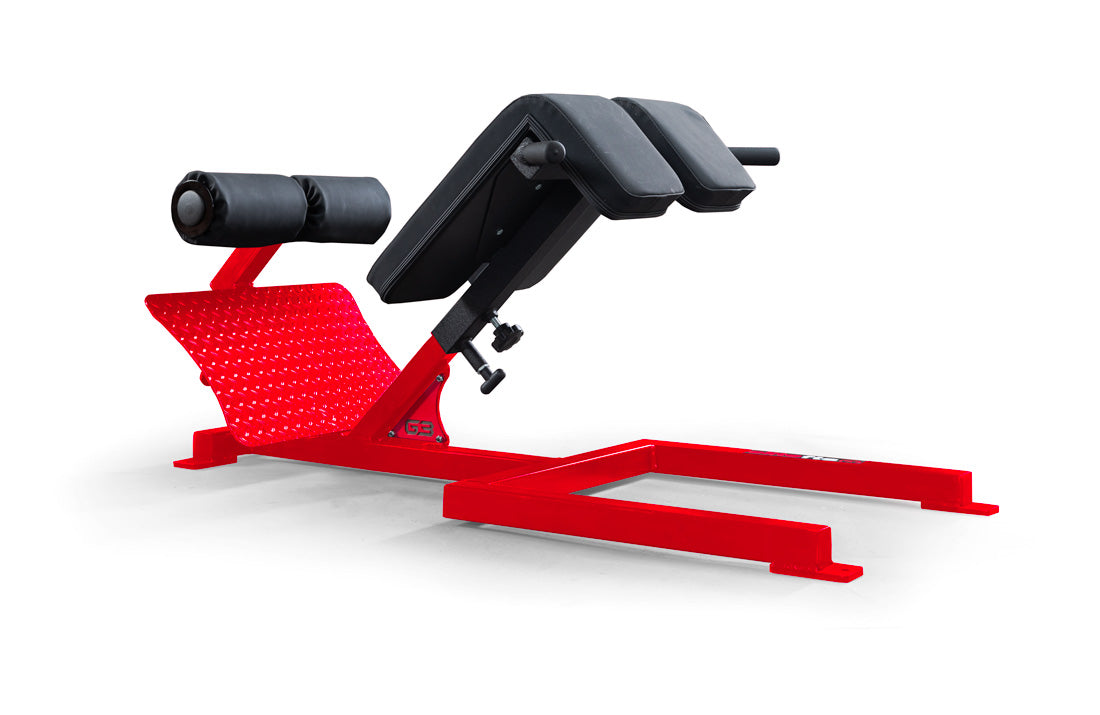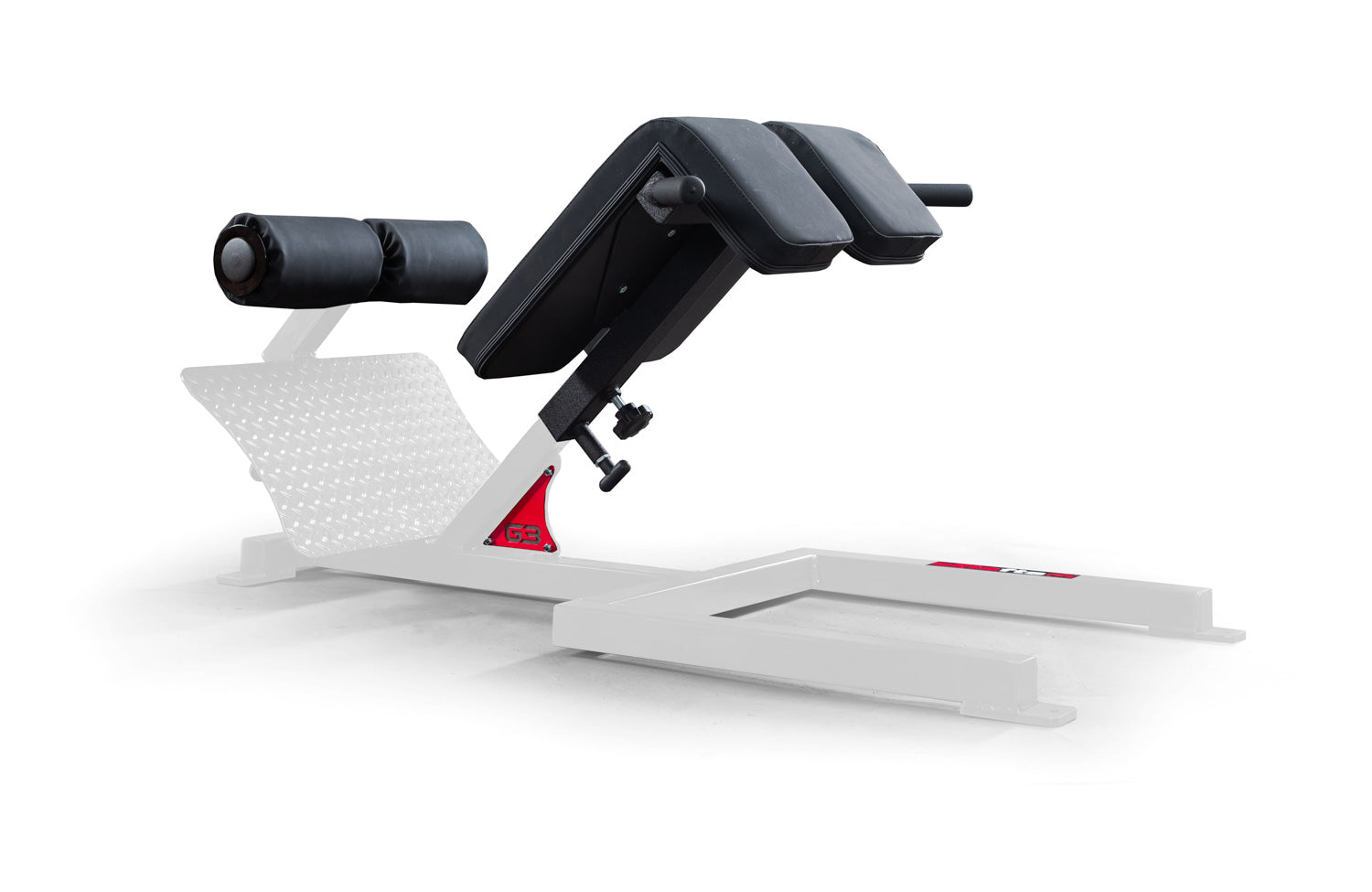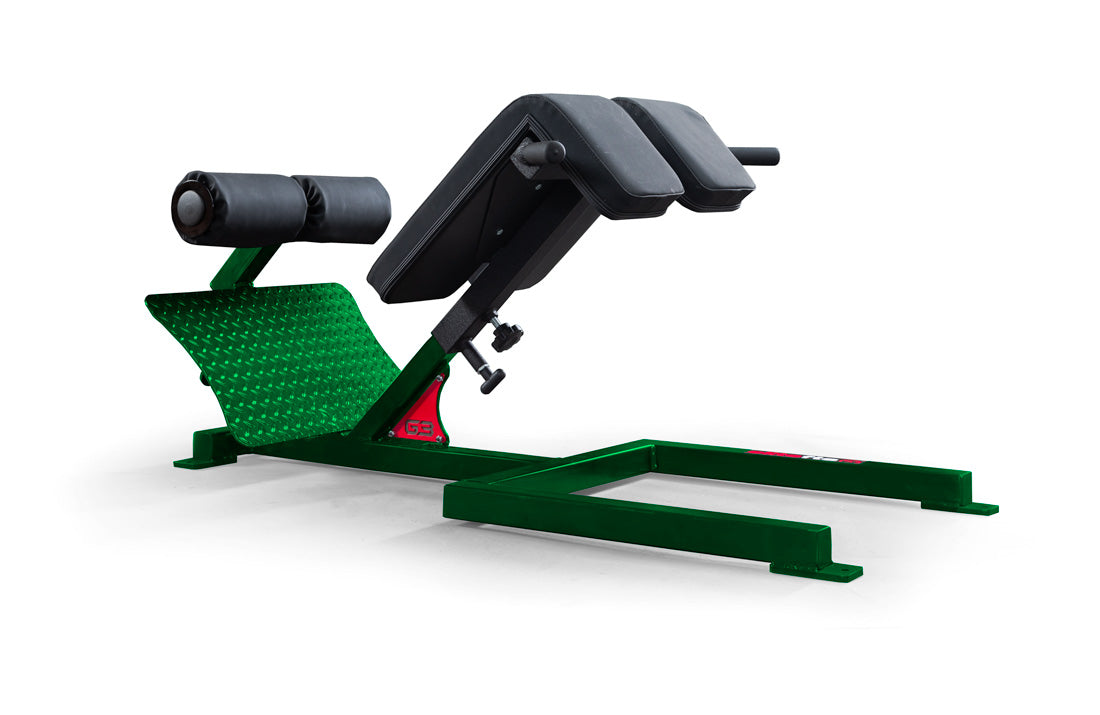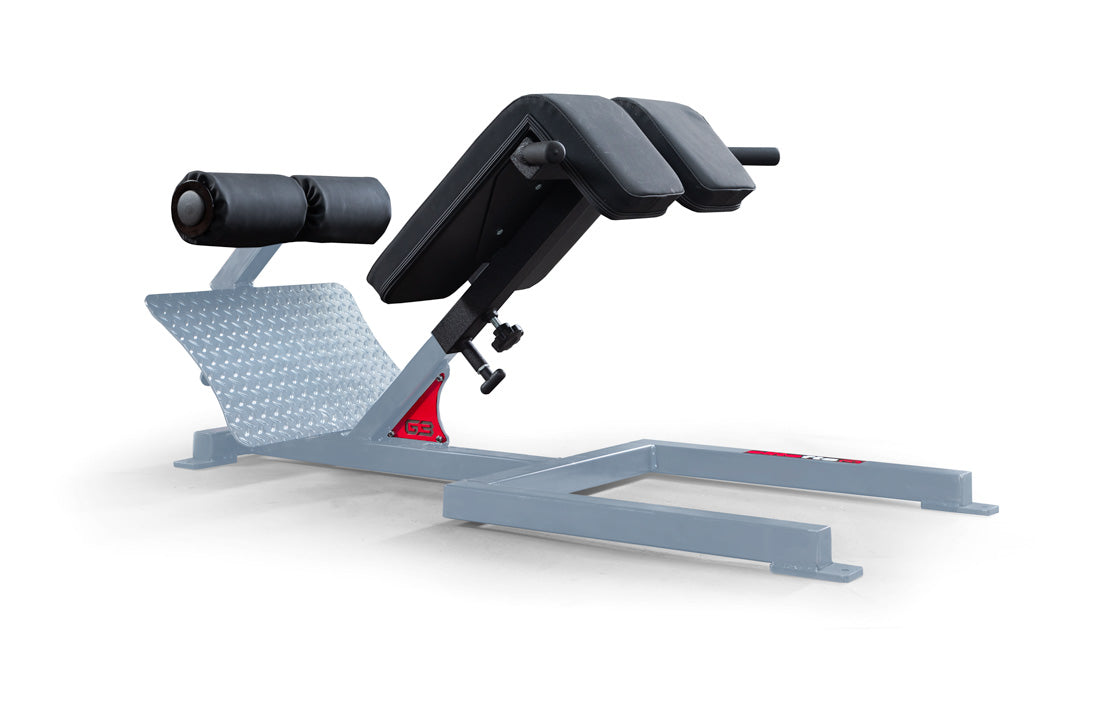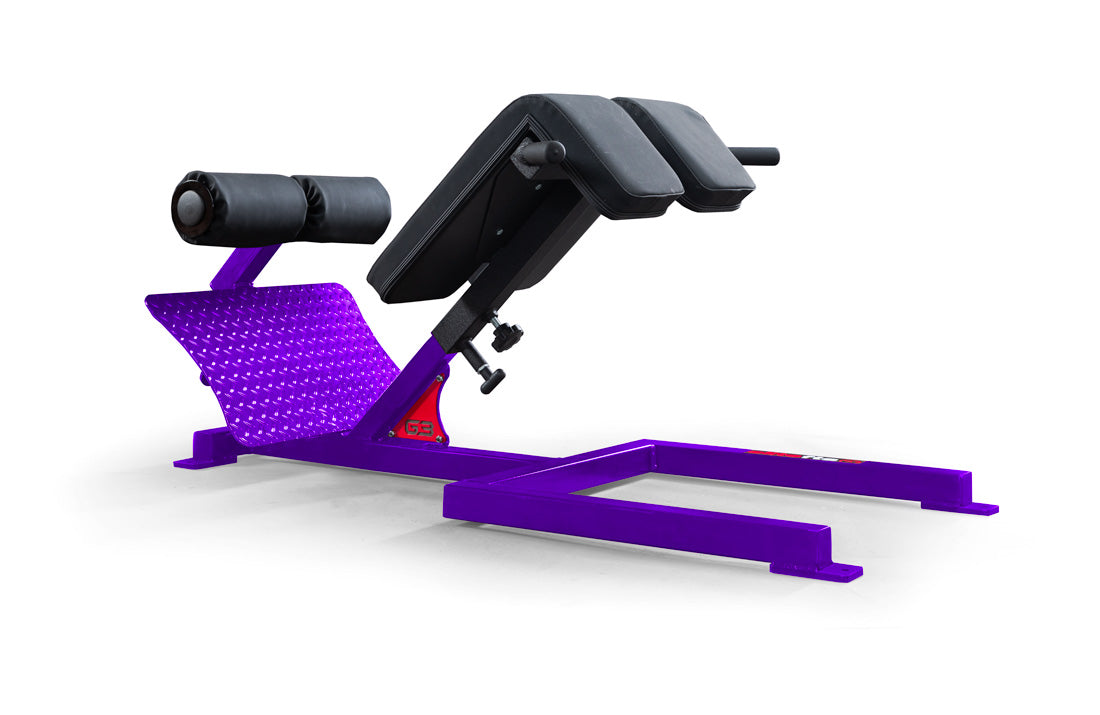This story is fictional — but there are real life examples of stories like this amongst athletes of all sports. Many (but not all) health and fitness professionals are not aware of the multifactorial nature of pain. Here are three things that all lifters and coaches should know with respect to pain.
1. Don’t live and die by what your X-Ray or MRI says.
If a doctor or therapist just reads off an MRI or X-Ray and doesn’t give you a through medical history and functional exam, you need to ask more questions. A large body of research shows that many individuals with no signs or symptoms (within scientific literature this is referred to as “asymptomatic”) have abnormal imaging findings in their knees, hips, back and shoulders. For example:- 85% of adults without knee pain have knee arthritis on X-Ray (1)
- 35% of adults without shoulder pain have full or partial thickness rotator cuff tears on MRI (2)
- Even 40% of professional baseball players have rotator cuff tears yet have no pain while playing (3)
- Approximately 20-40% of adults aged 20-40 show some form of disc herniation on CT or MRI but walk around without pain (4)

2. Understand that pain isn’t purely mechanical.
For many years health and fitness professionals thought of pain as purely mechanical and influenced by posture, structure, biomechanics and movement (6, 7). But we now look at pain through a lens of biological, psychological and social factors (8). I’m not saying biomechanics doesn’t matter. In fact, it matters a lot in terms of reducing injury risk, especially considering competitive strength athletes move weights that are at the body’s limits (7). Anecdotally, some strength athletes have returned from injuries to set world records through switching their assistance exercises and refining their lifting technique to decrease the stresses on their joints (for more on that, check outthis great article by Chris Duffin). These athletes couldn’t get better from traditional rehab. What I am saying is that a purely biomechanical approach doesn’t encompass all aspects of pain and won’t help everyone in pain. Tissue damage can occur without pain and pain can occur without tissue damage (9). In most cases, chronic pain just refers to a nervous system that’s gone haywire and either:
- Produces pain in response to something that shouldn’t cause pain
OR
- Produces excessive pain in response to something that should cause a small amount of pain (10)
3. Build your clients up, don’t beat them down.
Gray Cook is an innovator and pioneer in the fitness industry. But unfortunately his material has become so warped and distorted by fitness professionals that some coaches and trainers try to be "corrective exercise specialists” who try to “diagnose” and “treat” pain. What’s problematic is when some trainers (and some medical professionals) beat their clients down by saying that “your posture is bad” or “your breathing’s dysfunctional” or “your“Strong people make other people stronger. They don’t put them down.” – Harry Selkow
Many competitive strength athletes will experience pain at some point in their careers — it’s just the name of the game with competitive sports in general (14). But experiencing pain doesn’t necessarily mean that your body is severely damaged and seeing findings on an MRI doesn’t necessarily mean that you need to stop doing the activities that you love.
To summarize the points in this article: 1. You are not your MRI or your X-Ray. Many people have tissue damage or degeneration on imaging but walk around without pain everyday. If you’re dealing with pain or an injury, get a thorough medical history and functional examination done by a qualified health professional, preferably one that works with athletes and lifters (they are out there). 2. Understand that pain (particularly chronic pain) isn’t purely related to biomechanics or injury. Biological and psychosocial factors both contribute to a person’s pain experience. 3. When working with clients, don’t create fear or a nocebo effect by berating your clients on their lifting technique, posture, or movement capabilities. Instead, work through your client’s issues with positive coaching and cueing to build a great training effect. Disclaimer: This article doesn’t take the place of advice by a qualified health professional. Pain and injuries are complicated topics that have a variety of causes and presentations. What’s appropriate for one individual may be counterproductive for another. If you are suspicious of an injury and/or are in constant pain I encourage you to see a doctor and a therapist that work with athletes (they are out there) to get a proper diagnosis and rule out red flags such as cancer and cauda equina syndrome. The members of elitefts are the best in the world at preparing athletes for their sports, but most of them aren’t qualified to diagnose or treat pain or injury.
References
- Bedson J, Croft PR. The discordance between clinical and radiographic knee osteoarthritis: a systematic search and summary of the literature. BMC Musculoskelet Disord. 2008 Sep 2;9:116. doi: 10.1186/1471-2474-9-116.
- Sher JS, Uribe JW, Posada A, Murphy BJ, Zlatkin MB. Abnormal findings on magnetic resonance images of asymptomatic shoulders. J Bone Joint Surg Am. 1995 Jan;77(1):10-15.
- Connor PM, Banks DM, Tyson AB, Coumas JS, D'Alessandro DF. Magnetic resonance imaging of the asymptomatic shoulder of overhead athletes: a 5-year follow-up study. Am J Sports Med. 2003 Sep-Oct;31(5):724-727.
- Brinjikji W, Luetmer PH, Comstock B, Bresnahan BW, Chen LE, Deyo RA, Halabi S, Turner JA, Avins AL, James K, Wald JT, Kallmes DF, Jarvik JG. Systematic Literature Review of Imaging Features of Spinal Degeneration in Asymptomatic Populations. AJNR Am J Neuroradiol. 2014 Nov 27.
- Deyo RA. Fads in the treatment of low back pain. N Engl J Med. 1991 Oct 3;325(14):1039-1040.
- Chaitow L. Is a postural-structural-biomechanical model, within manual therapies, viable?: A JBMT debate. J Bodyw Mov Ther. 2011 Apr;15(2):130-152. doi: 10.1016/j.jbmt.2011.01.004.
- Contreras B. Back Pain: The Postural-Structural-Biomechanical (PSB) Model & The Bio-Psycho-Social (BPS) Model. Accessible at http://bretcontreras.com/back-pain-the-postural-structural-biomechanical-psb-model-the-bio-psycho-social-bps-model/
- Gatchel RJ, Peng YB, Peters ML, Fuchs PN, Turk DC. The biopsychosocial approach to chronic pain: scientific advances and future directions. Psychol Bull. 2007 Jul;133(4):581-624.
- Van Wilgen CP, Keizer D. The sensitization model to explain how chronic pain exists without tissue damage. Pain Manag Nurs. 2012 Mar;13(1):60-65. doi: 10.1016/j.pmn.2010.03.001.
- Sandkühler J. Models and mechanisms of hyperalgesia and allodynia. Physiol Rev. 2009 Apr;89(2):707-758. doi: 10.1152/physrev.00025.2008.
- Petersen GL, Finnerup NB, Colloca L, Amanzio M, Price DD, Jensen TS, Vase L. The magnitude of nocebo effects in pain: a meta-analysis. Pain. 2014 Aug;155(8):1426-1434. doi: 10.1016/j.pain.2014.04.016.
- Innes SI. Psychosocial factors and their role in chronic pain: A brief review of development and current status. Chiropr Osteopat. 2005 Apr 27;13(1):6.
- Leeuw M, Goossens ME, Linton SJ, Crombez G, Boersma K, Vlaeyen JW. The fear-avoidance model of musculoskeletal pain: current state of scientific evidence. J Behav Med. 2007 Feb;30(1):77-94.
- Siewe J, Rudat J, Röllinghoff M, Schlegel UJ, Eysel P, Michael JW. Injuries and overuse syndromes in powerlifting. Int J Sports Med. 2011 Sep;32(9):703-711. doi: 10.1055/s-0031-1277207.
Eric Bowman is a BSc in Honours Kinesiology from the University of Waterloo. He worked as a research assistant in the University of Waterloo Bone Health laboratory through the Canadian Institute of Health Research. He is currently in the Physical Therapy program at Western University and is studying to become a CSCS. His areas of interest are orthopedic rehab, exercise for special populations, and strength & conditioning. Add him on
Facebook or email him at
bigericbowman@gmail.com.














